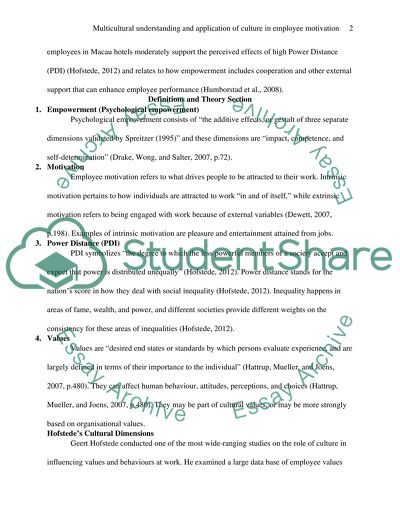Cite this document
(“Cross-Cultural Communication and Hofstede's Cultural Dimension in Term Paper”, n.d.)
Cross-Cultural Communication and Hofstede's Cultural Dimension in Term Paper. Retrieved from https://studentshare.org/human-resources/1591926-cross-cultural-communication-and-management-essay
Cross-Cultural Communication and Hofstede's Cultural Dimension in Term Paper. Retrieved from https://studentshare.org/human-resources/1591926-cross-cultural-communication-and-management-essay
(Cross-Cultural Communication and Hofstede'S Cultural Dimension in Term Paper)
Cross-Cultural Communication and Hofstede'S Cultural Dimension in Term Paper. https://studentshare.org/human-resources/1591926-cross-cultural-communication-and-management-essay.
Cross-Cultural Communication and Hofstede'S Cultural Dimension in Term Paper. https://studentshare.org/human-resources/1591926-cross-cultural-communication-and-management-essay.
“Cross-Cultural Communication and Hofstede'S Cultural Dimension in Term Paper”, n.d. https://studentshare.org/human-resources/1591926-cross-cultural-communication-and-management-essay.


